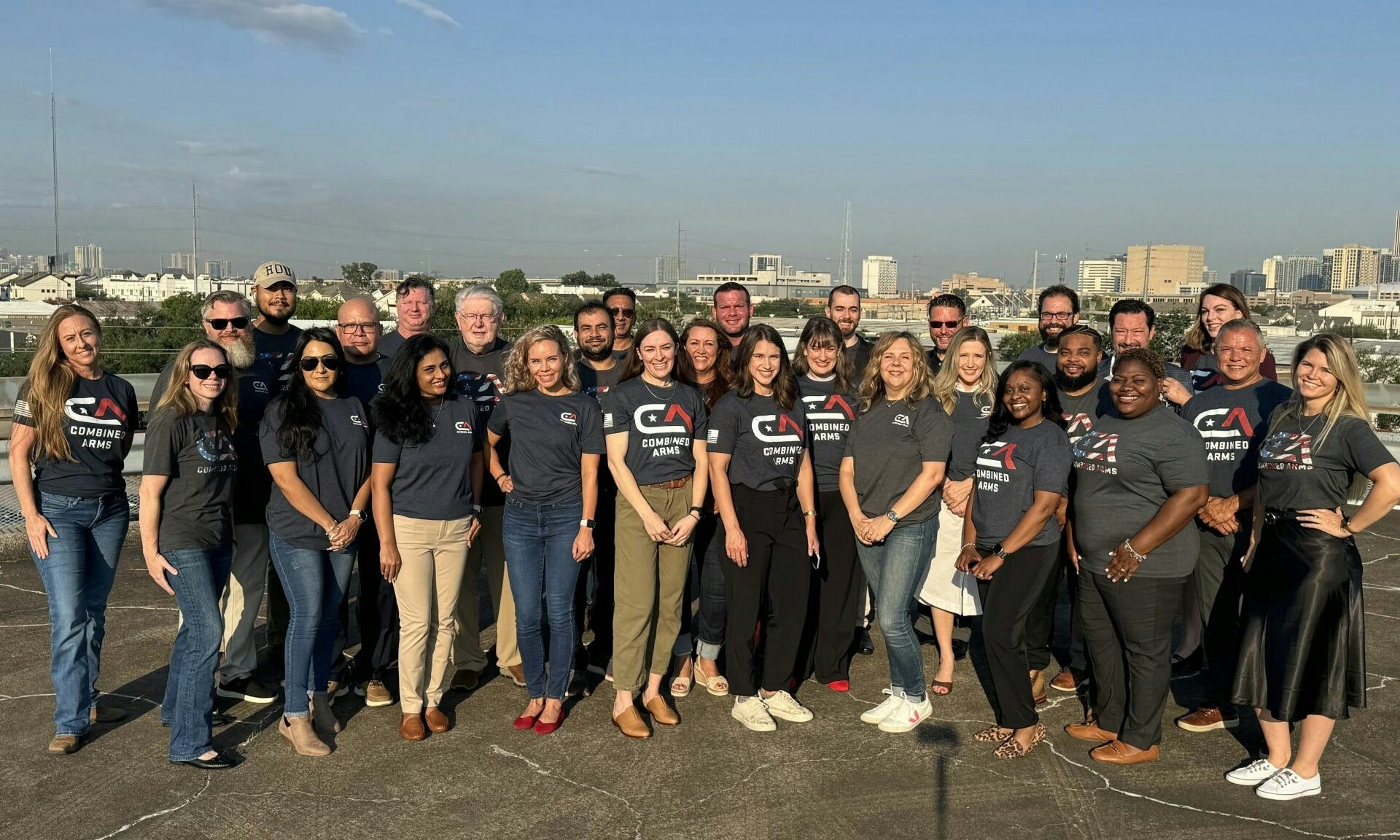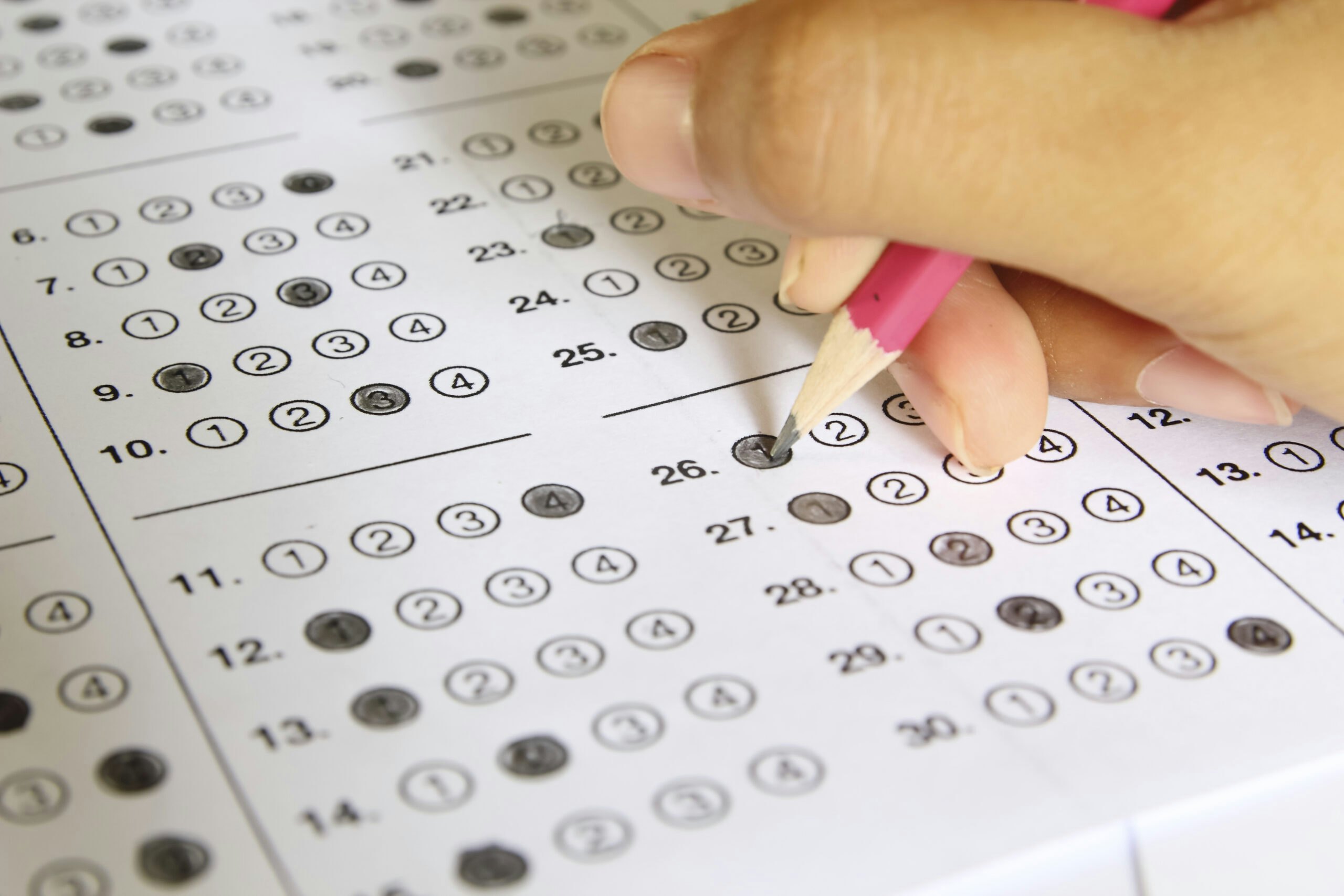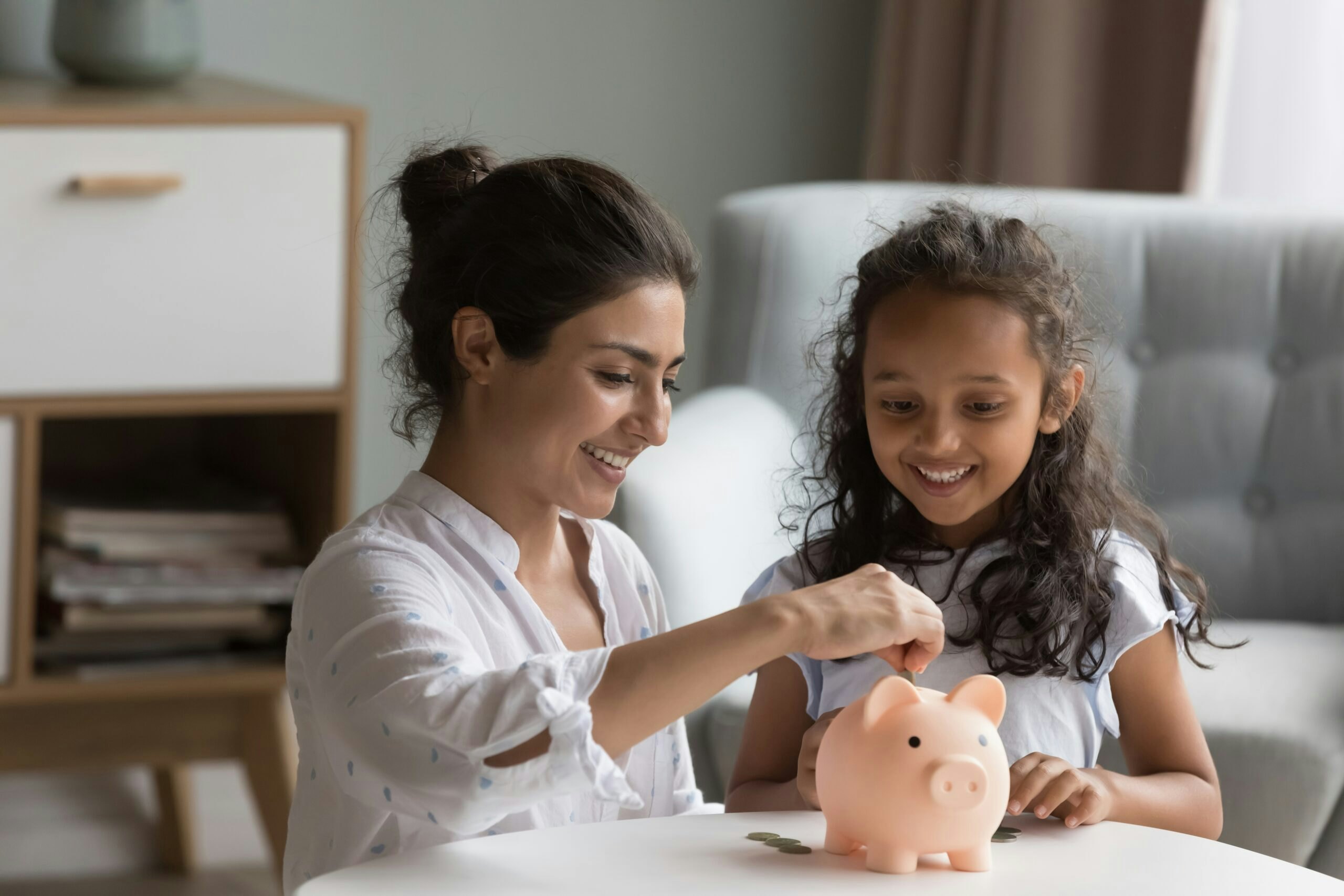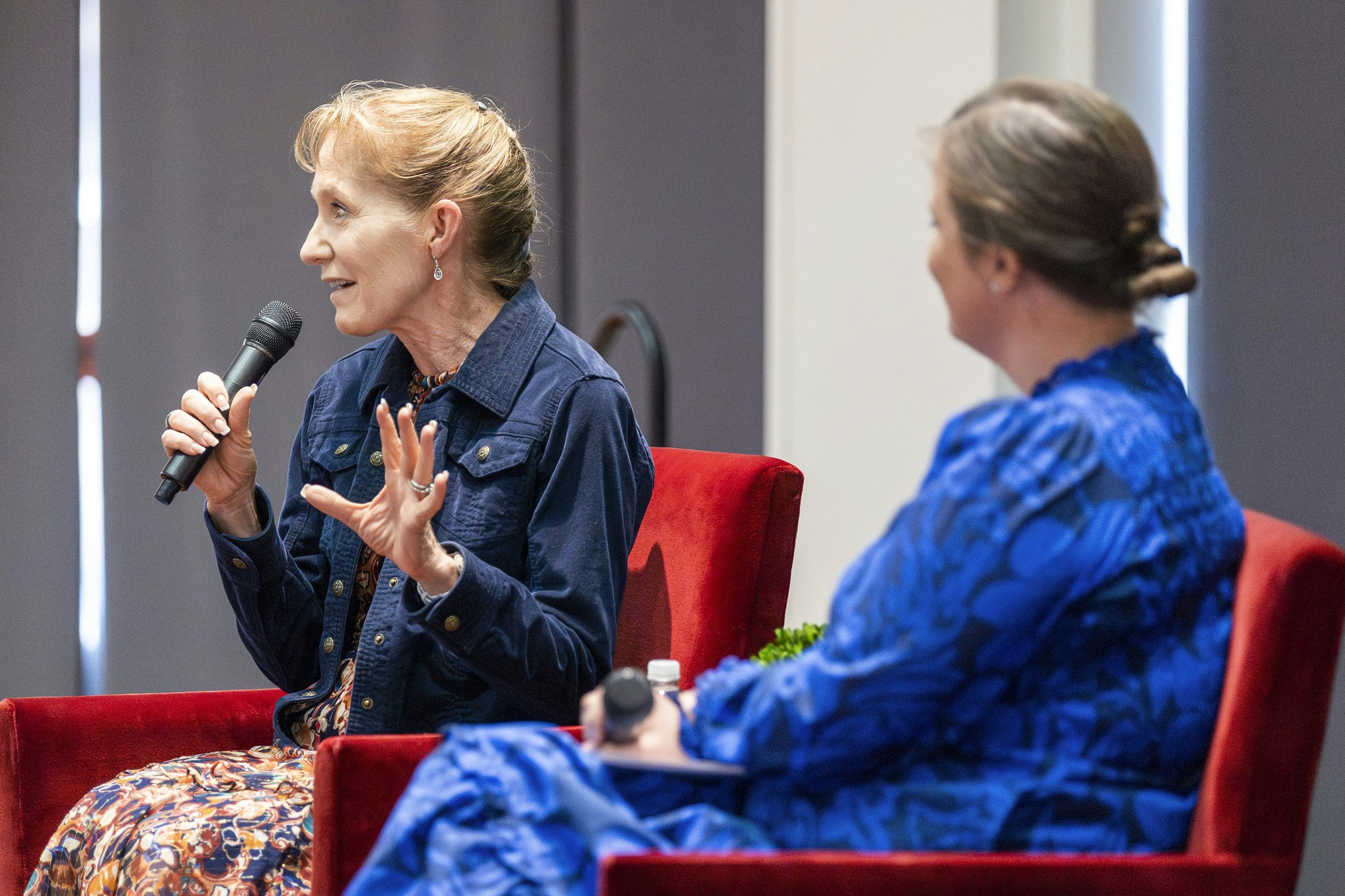The George W. Bush Institute’s Veteran Wellness Alliance is a coalition of veteran peer-to-peer networks and best-in-class mental and brain health care providers who connect veterans, service members, their families, caretakers, and survivors to high-quality care for their invisible wounds.
Q&A with Annie Hudson, Chief Programs Officer
Please tell us about The Mission Continues’ goals and what motivates your work to strengthen communities and empower veterans and their families.
 At The Mission Continues, our mission is to empower veterans to continue their service and, through that service, strengthen under-resourced communities. We deploy veteran volunteers across the country to work alongside nonprofit partners and community leaders on projects that improve schools, revitalize neighborhoods, and support families. What motivates my work is the belief that veterans are not a population in need – we are a force for good. I’ve seen firsthand how veterans thrive when they have a renewed sense of purpose and community. But it’s not just the impact they make – it’s also the connections they build in the process. When veterans serve with us, they don’t just revitalize community gardens or build benches or planter boxes – they build relationships, forge trust, and create a sense of belonging with those around them. That connection – to each other, to their communities, and to something bigger than themselves – is what makes this work so powerful and what continues to inspire me every day.
At The Mission Continues, our mission is to empower veterans to continue their service and, through that service, strengthen under-resourced communities. We deploy veteran volunteers across the country to work alongside nonprofit partners and community leaders on projects that improve schools, revitalize neighborhoods, and support families. What motivates my work is the belief that veterans are not a population in need – we are a force for good. I’ve seen firsthand how veterans thrive when they have a renewed sense of purpose and community. But it’s not just the impact they make – it’s also the connections they build in the process. When veterans serve with us, they don’t just revitalize community gardens or build benches or planter boxes – they build relationships, forge trust, and create a sense of belonging with those around them. That connection – to each other, to their communities, and to something bigger than themselves – is what makes this work so powerful and what continues to inspire me every day.
How does The Mission Continues’ mission overlap with the goals and mission of the Veteran Wellness Alliance in supporting veterans and their families?
The Mission Continues and the Veteran Wellness Alliance share a foundational belief: Veterans are at their best when they are connected, empowered, and supported. While our programs focus on service and community engagement, we recognize that well-being is essential for sustained impact. The Alliance’s work in breaking down barriers to mental and brain health care complements our own efforts to build strong peer networks and create spaces where veterans can lead and heal. By integrating service with well-being, we help ensure that veterans and their families don’t just move on from military life – they continue to grow, to lead, and to feel deeply connected to a purpose and a community that values them.
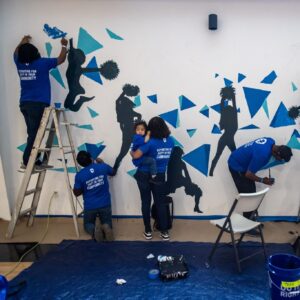
Tell us about your military service and what inspires you to continue your service to veterans and their families.
I served in both the Army and the National Guard, and that experience taught me resilience, grit, loyalty, and the importance of staying committed to a mission greater than myself. But my identity as a military spouse for over 20 years has shaped me just as profoundly. I’ve seen – up close – the power of the military community. During some of my loneliest times, with a deployed husband and three young kids at home, it’s my husband’s unit and the Army wives in our community that showed up for me in ways I never expected. They brought meals, watched my kids, checked in, and made sure I never felt truly alone. The military community has a way of rallying around its own with an unwavering dedication to one another’s well-being. It’s a bond built on shared sacrifice, mutual trust, and quiet acts of service. Unless you’ve lived it, it’s hard to understand – but it’s something everyone should have the privilege to experience. That kind of care, that kind of strength – it stays with you.
That’s what inspires me to keep serving. Veterans and their families are resilient, selfless, and community driven. They don’t show up because they’re told to – they show up because it’s who they are. I’ve seen that spirit in action, and I want others to feel it too – to feel seen, supported, and surrounded by purpose and connection, just like I was.
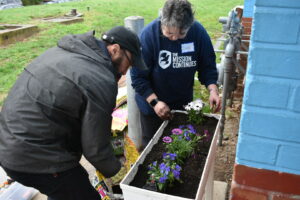
The Mission Continues is a great representation of veterans creating good in their local communities. Can you explain what you have seen that inspires veterans to volunteer and be more active in their communities?
Veterans and their families are drawn to purpose. After leaving the military, many miss the sense of mission, camaraderie, and impact that defined their service. Volunteering that is purposeful, community-drive, and rooted in impact. It offers veterans and their families a renewed outlet to lead, to serve, and to feel that what they do still matters – this time in the neighborhoods they now call home. But what keeps them coming back isn’t just the project –it’s the people. It’s the small, quiet moments that remind them they’re still a force for good.
One of my favorite parts of any service project is the end – when the work is done, the paint has dried, and we leave something behind that matters. If we reface a basketball court, we typically leave a ball behind. And without fail, kids start showing up. They run onto the court, playing together, laughing, passing the ball, and building connections. It’s simple, but powerful. In those moments, our veterans look around and realize, we did that. And we did it together.
I remember one project where a little girl kept riding her bike around the site, curious but quiet. At the end of the day, I introduced myself and asked her what she liked best. To my surprise, it wasn’t the playground or the new fence – it was the picnic tables. She told me her family could now have dinner outside together. For us, those picnic tables were a basic build. But for her family, they created a space to gather. A space for belonging.
Our work brings brings people together and makes the everyday feel possible again. These moments show the connection, care, and sense of belonging that our veterans provide in their communities. But what they gain through their connection and service with TMC is equally important: healing, growth, and unexpected meaning through shared service.
We had a veteran who had been quietly carrying survivor’s guilt for years. Through The Mission Continues, he found the courage to reconnect with the family of a fallen comrade. That moment of connection gave him a peace he hadn’t felt in a long time. These are the stories that stay with you.
Veterans volunteer because they still believe in something bigger than themselves. They believe in showing up – for their neighbors, for their fellow veterans, and for the next generation. They may not wear the uniform anymore, but the desire to serve never leaves. And through service, they continue to be a force for good – reminding all of us what community, connection, and purpose truly look like.
What are you most looking forward to, or what gives you hope for the future of wellness in the veteran and military service space?
I’m most hopeful about the growing recognition that wellness is multidimensional. It’s not just about access to health care – it’s about connection, purpose, belonging, leadership, and the opportunity to continue serving in meaningful ways. For too long, the narrative around veteran wellness has centered only on what’s missing or what’s broken. But I see that shifting. I see more organizations collaborating across sectors, breaking down silos, and working together to meet veterans where they are. I see more veterans stepping forward – not just to ask for help, but to lead their peers, to share their stories, and to create spaces where healing can happen on their own terms.
Wellness is also being redefined to reflect the full experience of military life – acknowledging the highs, the lows, the transitions, and the strength that comes from it all. It’s about rebuilding identity, rediscovering purpose, and reconnecting with community. At The Mission Continues, we see every day how service can be a path to healing. When a veteran picks up a paintbrush or build s a garden bed for a school, they’re not just giving back – they’re reclaiming their sense of self.
s a garden bed for a school, they’re not just giving back – they’re reclaiming their sense of self.
What gives me the most hope is that the future of veteran wellness is being shaped by veterans themselves. They are not waiting to be saved – they’re leading the way.
This matters not just for the veteran community, but for all of us. When veterans step up to lead in their own neighborhoods – fixing up parks, helping at schools, mentoring young people – they help strengthen the everyday connections that make communities more resilient, more welcoming, and better able to face challenges together. In this way, investing in veteran wellness is an investment in the collective well-being of our communities and our country. Veterans are not just building their futures – they’re helping shape a stronger future for everyone.
















